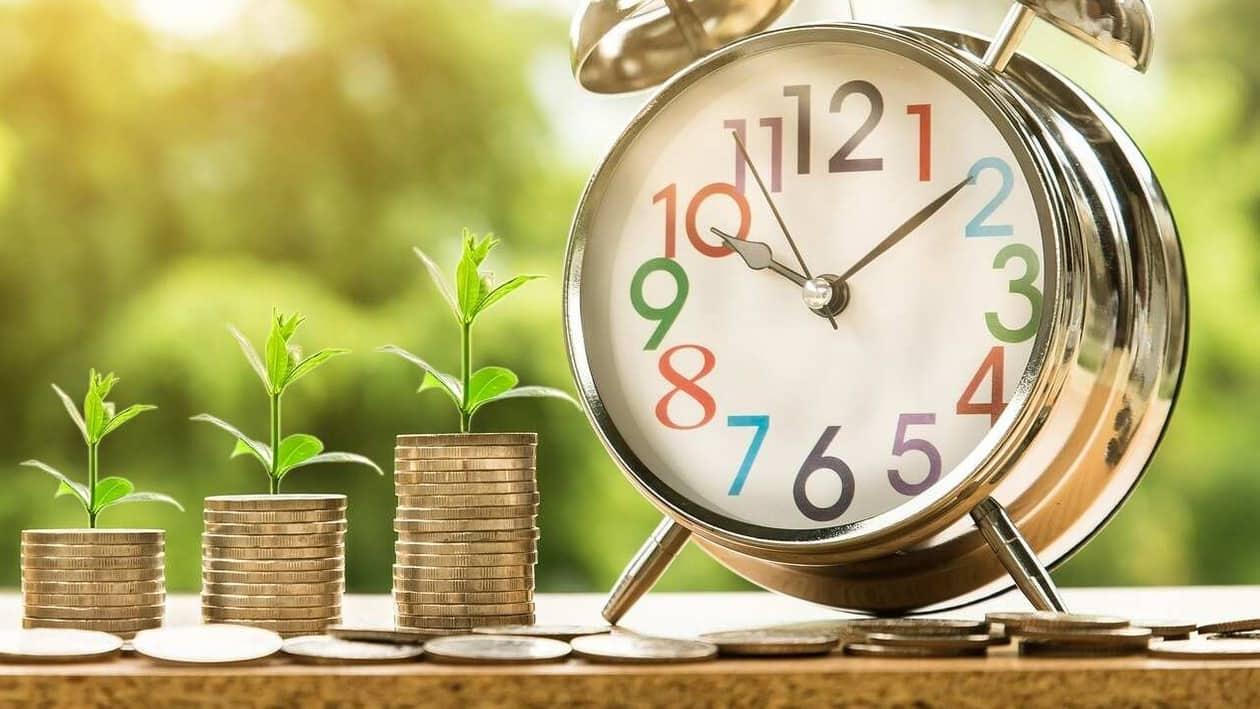Just as other magics, the magic of compounding must also be seen to feel it. If you invest an SIP (Systematic Investment Plan) of ₹12,000 every month, you can save a lot of money over a long period.
Often times, investment advisors reiterate that consistently investing in mutual funds via SIP (systematic investment plan) route is a surefire way to make the most of the magic of compounding.
Here we zero in on a particular ELSS (equity linked saving scheme) fund i.e., DSP Tax Saver Fund which has given a CAGR of 16.56 percent. At this rate, a consistent investment of ₹12,000 a month in ten years can grow to a whopping ₹25.6 lakh.
| Time period | Return (%) | Benchmark index (%) |
| 1 year | -1.26 | -1.67 |
| 3 years | 17.54 | 18.06 |
| 5 years | 12.12 | 12.36 |
| 10 years | 16.56 | 14.14 |
(Source: AMFI data, regular returns as on October 21, 2022; Benchmark index is NIFTY 500 Total Return Index)
As we can see in the table above, the returns given by DSP Tax Saver Fund in the past one year was in negative, but the past three and five-year returns were 17.54 percent and 12.12 percent, respectively.
However, seen through the lens of benchmark index returns – the returns do not appear exceptionally high. The mutual fund scheme has given a CAGR return of 16.56 percent in the past 10 years. This means if someone had invested ₹1,00,000 ten years ago, it would have grown to ₹4,62,908 by now.
ALSO READ: An SIP of this amount for 17 years can grow to over ₹1 crore
However, the returns become far higher when investment is made via equated monthly instalments (EMIs).
If we look at the table closely, an EMI of ₹12,000 for three years would have swelled to ₹5,71,470 by investing a total of ₹4,32,000. After five years, this sum would have grown to ₹9,93,123 with a total investment of ₹7,20,000. After a period of 10 years, the corpus would have grown to ₹36,84,361 with an investment of ₹14,40,000.
| Tenor | EMI (Rs) | Total (Rs) | Increase (Rs) |
| 3 years | 12,000 | 5,71,470 | -- |
| 5 years | 12,000 | 9,93,123 | 4,21,653 |
| 10 years | 12,000 | 36,84,361 | 26,91,238 |
(Returns are calculated at the rates mentioned above)
As we can see in the table above, increase in wealth during the last five years becomes ₹26,91,238, i.e., more than double the accumulated returns during the first five years. This, in other words, is the power of compounding.
However, as any sane investment goes, this too has an important lesson for investors. Past performances in mutual funds are in no way an indication of future returns of the fund. This is just to explain that being invested in the markets, mutual funds and SIPs in the long-term can be really beneficial for your financial planning.
